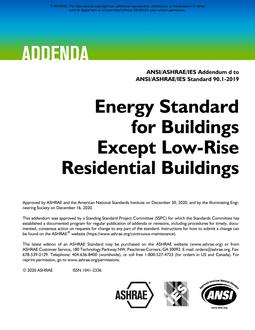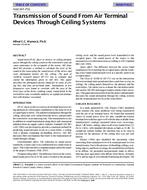This paper aims to promote building sustainable designs to reduce energy consumption by implementing optimized building envelope for high performance buildings. Several building envelope case studies for office, airport, retail and residential buildings, located in hot and humid climates, are analyzed in WUFI, IES VE and CadnaA software in order to assess, simulate and optimize building envelope performance. A detailed building thermal energy performance simulation, assessing the impact of solar radiation and external shading devices, using IES VE, has been conducted to evaluate the effectiveness of the proposed building envelope designs and weigh the impact of sustainability measures on enhanced indoor environmental quality and building loads reduction. Also, a condensation analysis for external wall assemblies is conducted via WUFI software to study moisture influence on the thermal performance of the construction and long-term system behavior. Additionally, sound control software such as CadnaA assists in validating noise mitigation techniques from outdoor equipment to promote indoor occupant comfort. The simulation results also suggest building envelope composition optimized for hygrothermal and acoustic performance, window to wall ratios and appropriate shading strategies that promote reductions in building annual cooling energy for the different case studies to a range of savings varying from 5 % to 35% with respect to ASHRAE standard 90.1-2007 for hot and humid climates.
Citation: International Conference on Efficient Building Design, Materials and HVAC Equipment Technologies; October 2-3, 2014; Beirut, Lebanon
Product Details
- Published:
- 2014
- Number of Pages:
- 8
- File Size:
- 1 file , 1.4 MB
- Product Code(s):
- D-ICEB14-08


